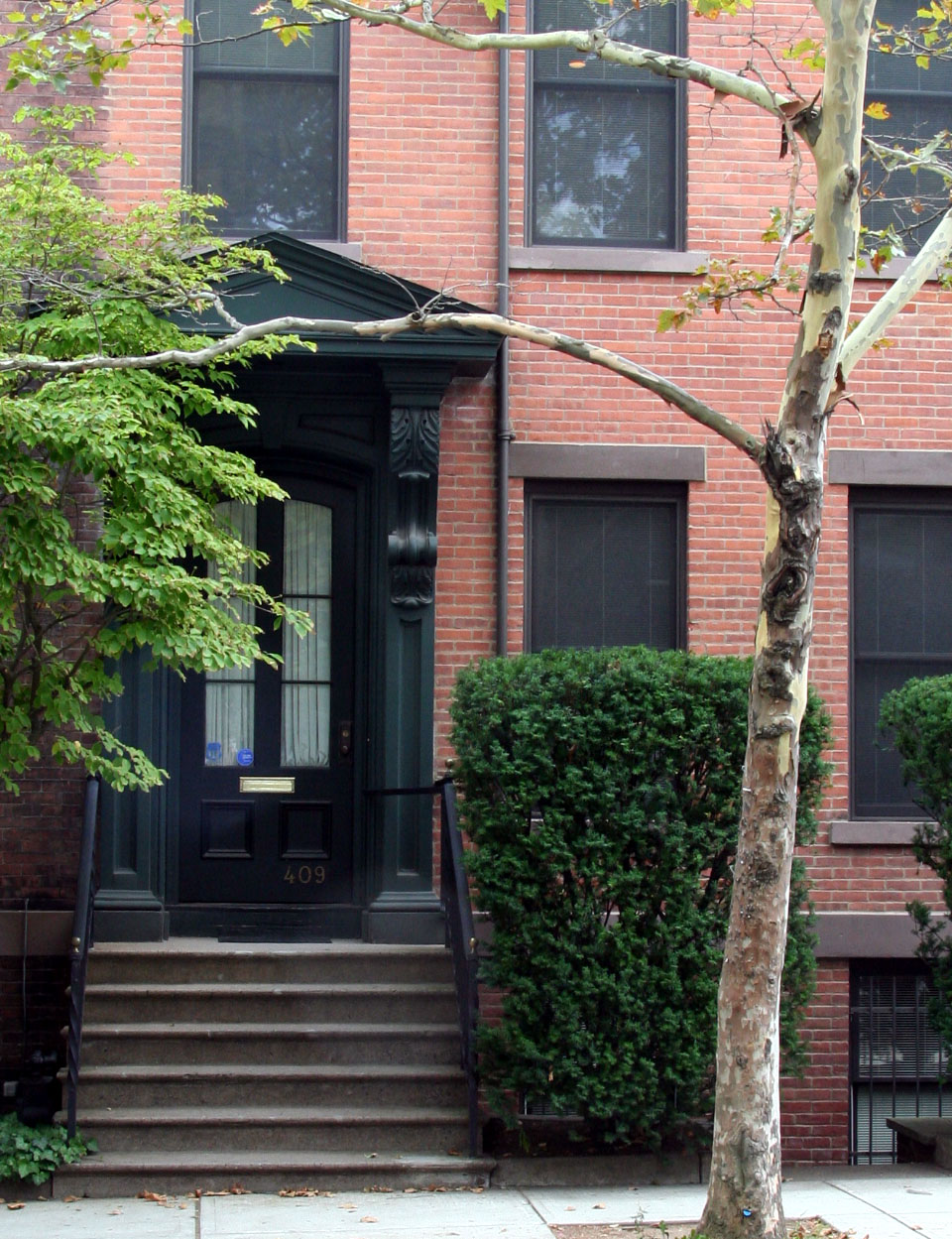1784]. · [London
by [Cook, James]
[London: W. and A. Strahan: for G. Nicol, 1784].. Sixty-one plates and two charts (one folding, one double-page), most with original tissue guards. Large folio. 20th-century three-quarter mottled calf and marbled boards, spine richly gilt, red and green morocco labels. Light scattered foxing and soiling, rarely touching plates. "General Chart" with two neatly repaired tears near the edges. A handsome, untrimmed copy. A complete, untrimmed copy of the atlas volume that accompanied the official first publication of Cook's third and final voyage. This atlas is very notable for its outstanding views of the peoples and scenery of the Hawaiian and Pacific islands and the far Northwest.
"Cook's third voyage was organized to seek the Northwest Passage and to return [the islander] Omai to Tahiti. Officers of the crew included William Bligh, James Burney, James Colnett, and George Vancouver. John Webber was appointed artist to the expedition. After calling at Kerguelen Island, Tasmania, New Zealand, and the Cook, Tonga, and Society Islands, the expedition sailed north and discovered Christmas Island and the Hawaiian Islands, which Cook named the Sandwich Islands. Cook charted the American west coast from Northern California through the Bering Strait as far north as latitude 70 degrees 44 minutes before he was stopped by pack ice. He returned to Hawaii for the winter and was killed in an unhappy skirmish with the natives. Charles Clarke took command and after he died six months later, the ships returned to England under John Gore. Despite hostilities with the United States and France, the scientific nature of this expedition caused the various governments to exempt these vessels from capture. The voyage resulted in what Cook judged his most valuable discovery - the Hawaiian Islands" - Hill.
The large folio atlas which accompanied the first edition was printed at the expense of the public, and as such the entire set was sold "at the same price as it would be if without Plates excepting a small allowance for the cost of the paper & rolling press": in this case, three and a half pounds (Admiral Henry Dundas, as quoted in Forbes). The first edition was a roaring success, and is said to have sold out within three days. A lovely, untrimmed copy of the folio atlas to Cook's Third Voyage. FORBES 62. (Inventory #: WRCAM57605)
"Cook's third voyage was organized to seek the Northwest Passage and to return [the islander] Omai to Tahiti. Officers of the crew included William Bligh, James Burney, James Colnett, and George Vancouver. John Webber was appointed artist to the expedition. After calling at Kerguelen Island, Tasmania, New Zealand, and the Cook, Tonga, and Society Islands, the expedition sailed north and discovered Christmas Island and the Hawaiian Islands, which Cook named the Sandwich Islands. Cook charted the American west coast from Northern California through the Bering Strait as far north as latitude 70 degrees 44 minutes before he was stopped by pack ice. He returned to Hawaii for the winter and was killed in an unhappy skirmish with the natives. Charles Clarke took command and after he died six months later, the ships returned to England under John Gore. Despite hostilities with the United States and France, the scientific nature of this expedition caused the various governments to exempt these vessels from capture. The voyage resulted in what Cook judged his most valuable discovery - the Hawaiian Islands" - Hill.
The large folio atlas which accompanied the first edition was printed at the expense of the public, and as such the entire set was sold "at the same price as it would be if without Plates excepting a small allowance for the cost of the paper & rolling press": in this case, three and a half pounds (Admiral Henry Dundas, as quoted in Forbes). The first edition was a roaring success, and is said to have sold out within three days. A lovely, untrimmed copy of the folio atlas to Cook's Third Voyage. FORBES 62. (Inventory #: WRCAM57605)















